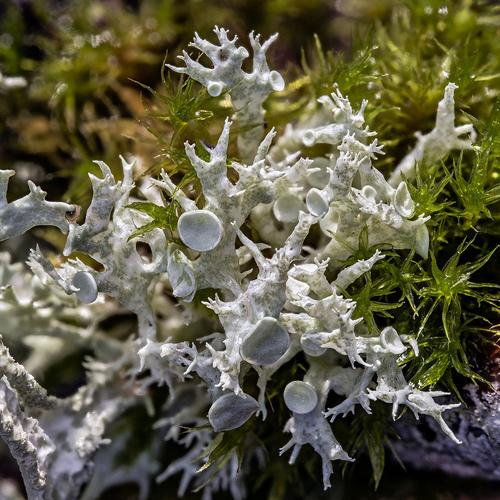Click on Characteristic name for explanation. Click on image for larger version.
|
Ramalina dilacerata
| Overview
| | PNW Range: | | | West side | Common
| | East side | Occasional
| | Immediate coast | Common
| | Alpine or subalpine | Rare
| | Habitat: | Most common in riparian forests and shrubs at low elevations; east Cascades mainly in areas of strongest oceanic influence.
| | Substrate: | Hardwood trees and shrubs, also frequent on conifers.
| | Comments: |
| | Synonymy: | none
|
|

Habit
|
|
|
|
|